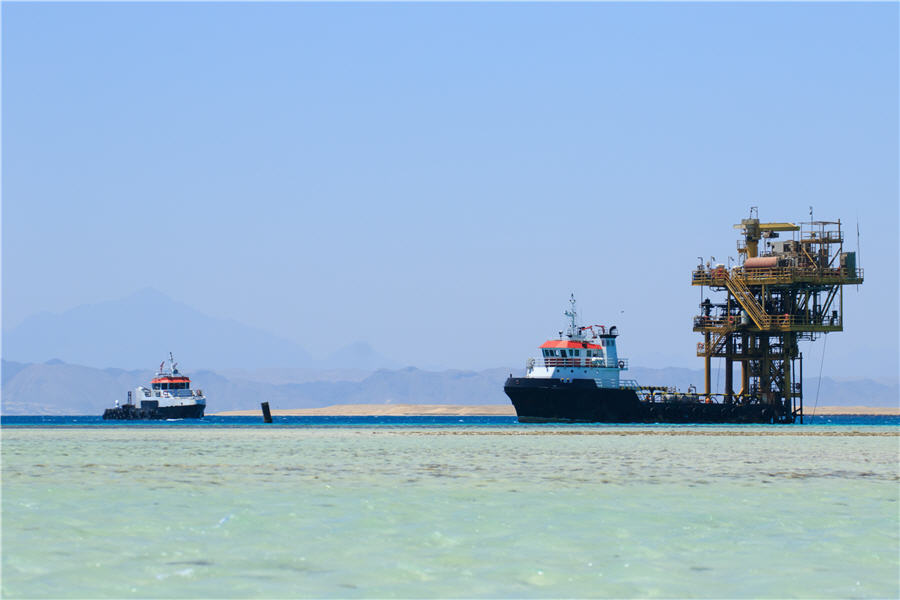
China and a quest for battery minerals have injected momentum into a long U.N. process to agree a law on deep sea mining, which could be adopted by the end of 2020, if the political will exists, the head of the International Seabed Authority (ISA) said.
So far the U.N. body, headquartered in Jamaica, has drawn up regulations on exploration, but not exploitation for international waters.
The priority of talks this year, which took place in March and will be held again in July, is to agree the text of rules on exploitation, although even then it could take years for any mining to take place.
“As late as last year, countries reaffirmed the target of 2020,” Secretary General Michael Lodge told Reuters in a telephone interview. “I think it’s possible if there is the political will to do it.”
Of the more than 160 ISA member states, China is the most active, Lodge said, although there is also interest from European countries including Belgium, Britain, Germany and Poland, as well as from the Middle East.
“Governments are getting behind it. The sea bed will be a key source of minerals to combat climate change,” Lodge said.
Asked about environmental risks, Lodge said only a very small percentage of the overall seabed was likely to be mined.
“Governments are getting behind it. The sea bed will be a key source of minerals to combat climate change”
Many climate campaigners are worried, however, saying that the deep sea is one of the last pristine areas of the planet and that species we barely understand could be at risk.
Lodge said environmental objections could hold up talks.
He also said some countries whose economies depend on mining on land may be less keen to see competition from the deep sea, although even if a law is adopted by the end of 2020 on exploitation, it would take years to get projects running.
Many of those sceptical about deep sea mining doubt it can be economic.
Anglo American sold its stake in deep sea mining company Nautilus Mining after complaints from shareholders that it was not worthwhile.
Miner-trader Glencore has a small, undisclosed stake in private Canadian company DeepGreen, which would eventually give Glencore 50 percent of any copper and nickel output collected from deep sea nodules.
Over the five years of discussions so far on an exploitation law, Lodge said the pace of activity had accelerated.
Figures for 2018 are not yet available. For 2017, he said exploration in the promising Clarion Clipperton zone, which spans 4.5 million square km (1.7 million square miles) between Hawaii and Mexico, had totalled 900 days at sea.
(By Barbara Lewis; Editing by Hugh Lawson)